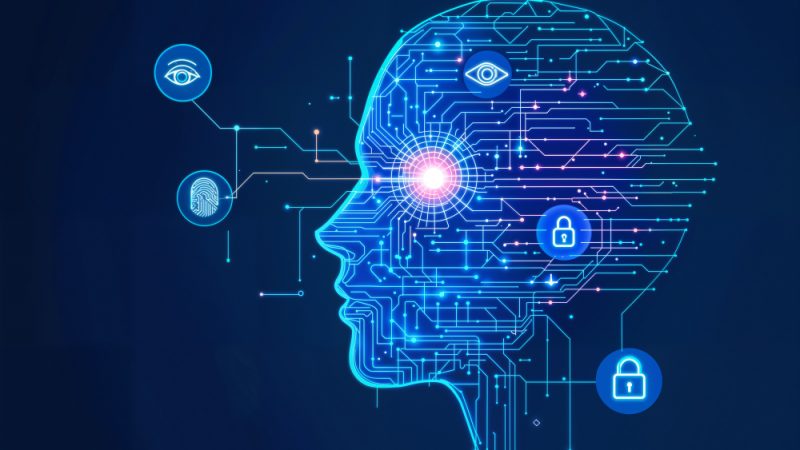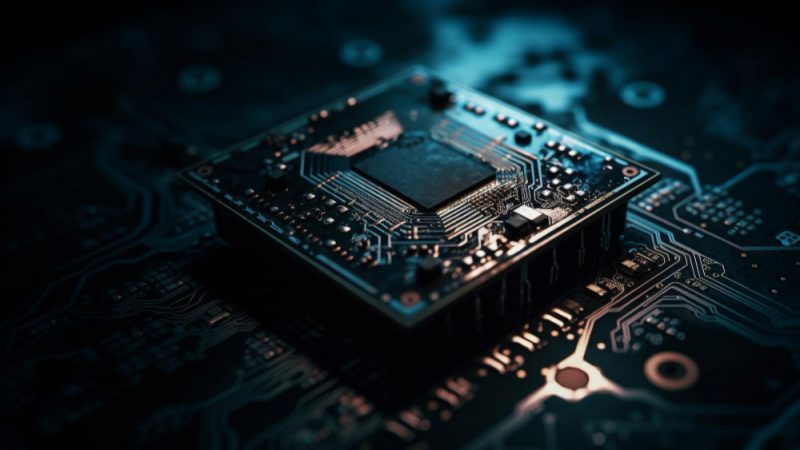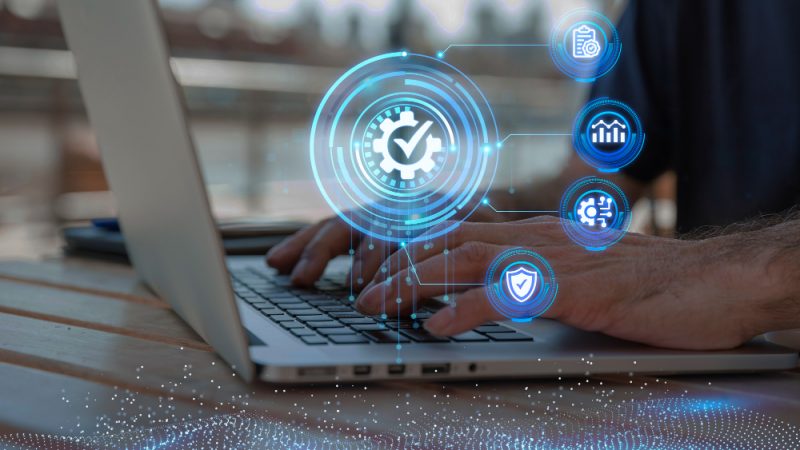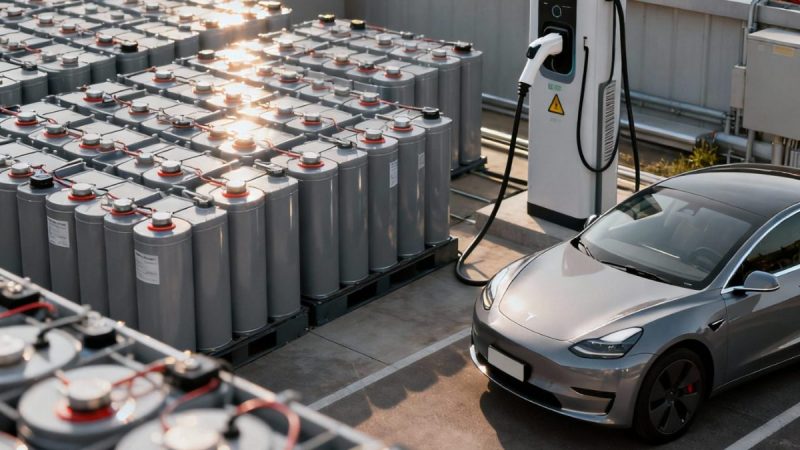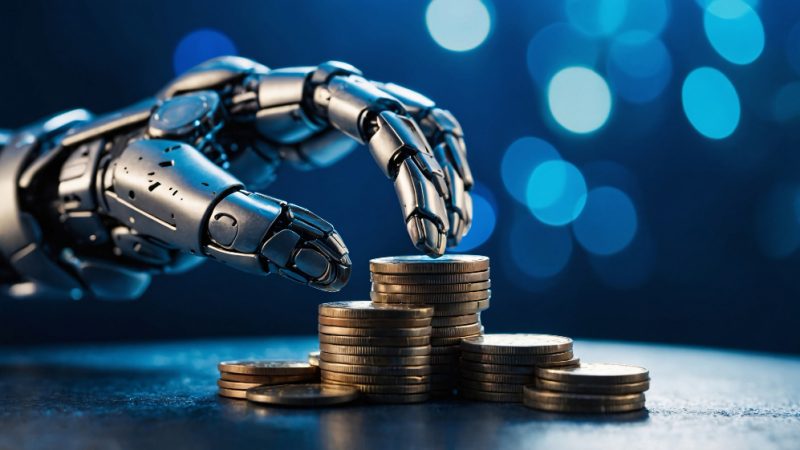Blockchains and Security; How do they correlate?
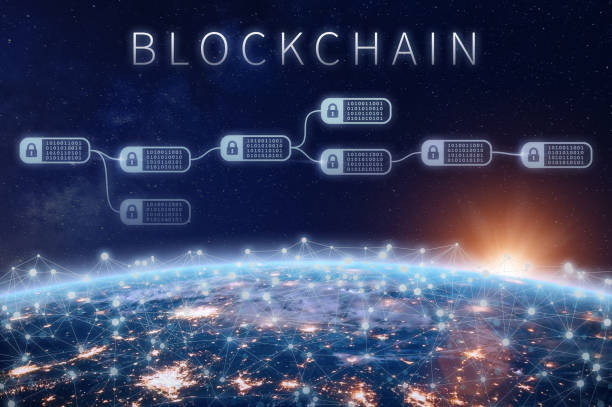
Since the launch of Blockchain in 2008, its use has spread exponentially across the internet because of the intricacies and security offered by the blockchain method. A person who does not know what a blockchain is might get confused by the term. The definition of blockchain is a digital, decentralized ledger that holds important bits of information that cannot be altered or compromised.
The most notable use of blockchain technology resides with cryptocurrency. When a person buys cryptocurrency, how do they know that they own it when they buy it? Where is the proof that a person owns different crypto tokens when there is no physical way to determine ownership? After all, cryptocurrencies are digital; there is no physical contract one can sign to affirm their ownership over a set of assets. Here’s where blockchain comes in. Blockchains are digital contracts that can be based on many things.
The most common use of blockchain is determining ownership of digital assets, as suggested by the example above. Blockchains work to create a contract that is unchangeable and set in stone. You get assigned a blockchain contract when you buy a cryptocurrency or any digital asset like NFTs. The contract is there to state that you have ownership over the asset and that your authority is unquestionable when it comes to the asset. You might wonder are blockchains safe, and is it necessary to consult with a blockchain consultancy to get started? Let us dive deeper into the details of blockchains and security.
The concerns of Blockchain Technology
Tech-savvy people understand better than anyone the risks of the internet. With hackers on the loose, there are worries to be considered when it comes to storing important information on the internet. However, blockchain technology is different from your day-to-day passwords and IDs, which are most easy to hack into. With the dark web out there, you might worry that your contract may fall into the wrong hands, which is understandable.
You need not worry when it comes to blockchain technology. Why? Because blockchain technology is simply foolproof. Depending on the protocol your blockchain is made from, all steps have been measured to ensure no one can access your data, and no one can alter the contents of a blockchain once they have been set in stone. Access to a blockchain is only granted to those within the blockchain’s circle who have some business with the blockchain. Private blockchains are the most secure form of blockchains because they utilize tokenization to their fullest.
What is Tokenization?
The thing about blockchain technology that sets it apart from all other digital ventures is tokenization. The literal meaning of tokenization is ‘to transform information into a token.’ As established by cryptocurrency tokens, it is easy to input data in tokens rather than as literal contracts. Blockchain uses tokenization to keep your assets secure in a blockchain to ensure no one else can break into it. Tokens can be inputted into a blockchain effortlessly, which is why most protocols center around tokenization.
There are different ways of turning data into tokens on the blockchain. Blockchains utilize different methods to be implemented, like payment tokenization.
Two types of Tokenization
There are two types of tokenization:
- Payment tokenization
- Asset tokenization
You might be wondering, what is payment tokenization? As we know by now, tokenization replaces sensitive information with non-sensitive information, so it is of no use to anyone save for the person who has access to it. This works in the payments industry, as it is used to secure a card’s account number with a string of unique numbers that have would outwardly express no meaning. These numbers can be stored on a blockchain.
As for asset tokenization, it is the process by which tokens are created out of digital assets to secure them into bite-sized pieces of information for the blockchain to store. When digital assets are tokenized, they cannot be changed and thus, cannot be usurped by anyone other than the token owner. Knowing how to secure the assets stored on a blockchain can alleviate one’s worries when dabbling in blockchain technology.
Conclusion
Digital assets are never truly secured when you use a password. Passwords can be tampered with, and email IDs can be broken into. On the contrary, digital ledgers cannot be tampered with because they are unalterable.
Like when you make a written contract in real life, you and the person you’re making a contract with both have a respective copy of the contract to avoid infringement. However, even real-life can’t be 100% secured as people can track down your contract and rip it to hide traces of it. These actions cannot be done with blockchain contracts. They cannot be deleted, they cannot be traced, and they cannot be tampered with. What more can a contract holder ask for?

